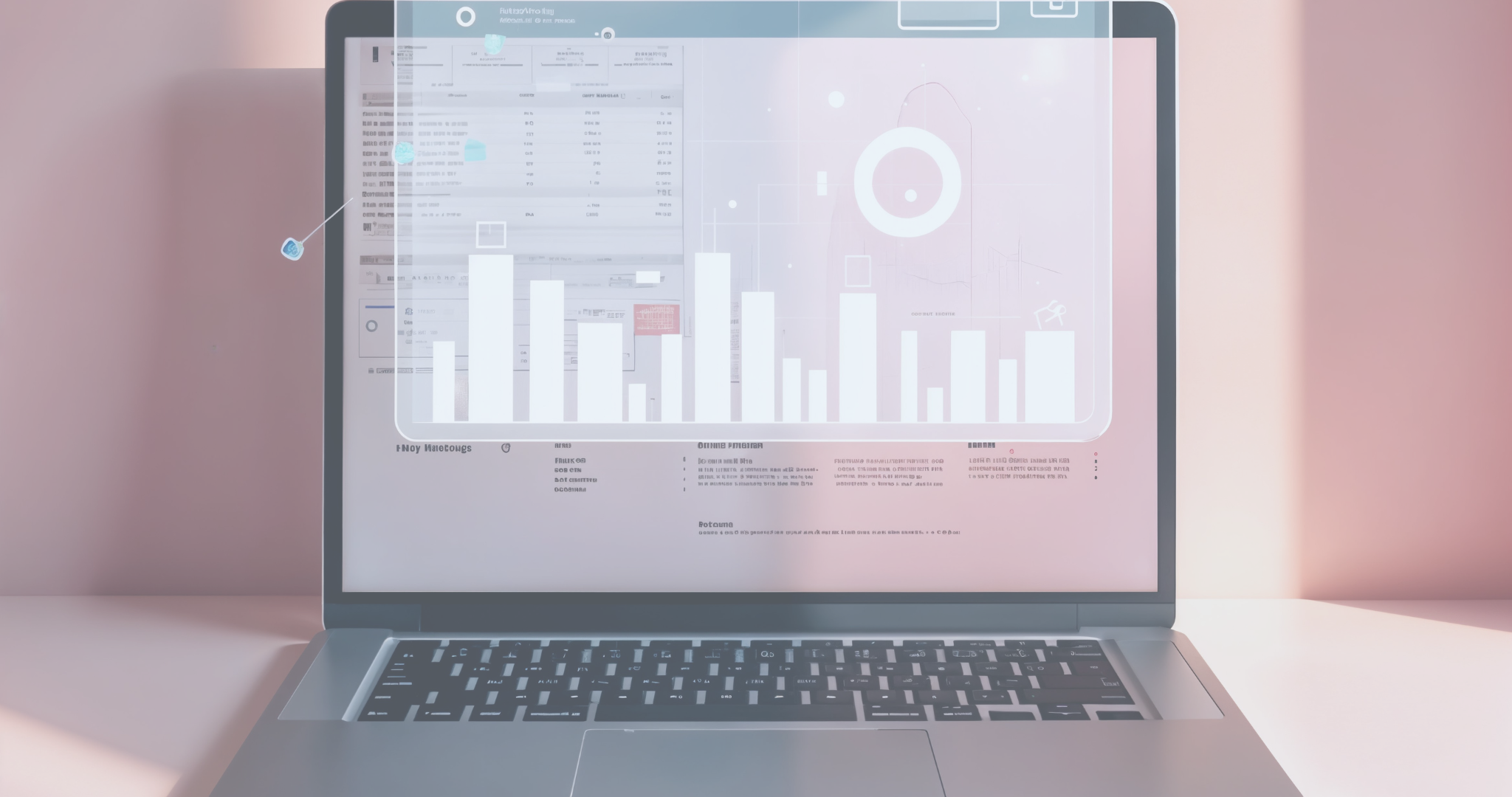Secrets of Organic Growth: How to Boost Reach Without Ads
Social networks have long been a key tool for brand development, client attraction, and content distribution. However, not all businesses have the budget for paid advertising or want to focus initially on improving their organic reach. If you’d like more people to see your posts without extra advertising costs, there are three main areas to master: hashtags, geolocation, and interactivity. Let’s explore why they’re so important and how to use them effectively.
1. Effective Use of Hashtags
Choosing Relevant Hashtags
Topic-Relevant: Use hashtags directly related to your content. For instance, if posting a recipe, include #recipes, #cooking, #food.
Popularity Level: Highly popular (millions of uses) hashtags provide broad exposure, but competition is steep. Less-popular tags help you stand out in a niche.
Optimal Number of Hashtags
Platforms like Instagram allow up to 30 tags, but excessive use may appear spammy.
A sweet spot is 5–10 well-chosen hashtags, covering key topics without overloading.
Unique Branded Hashtags
Create a custom hashtag that represents your brand or campaign, e.g., #YourBrandChallenge.
Encourage followers to post with it, building community and monitoring feedback.
2. Leveraging Geolocation for Local Audiences
Geotags in Posts
If your business is location-based (coffee shop, beauty salon, store), add a geotag to each post.
Users searching “nearby” spots can find you more easily.
Tagging Locations in Stories
Platforms like Instagram let you add location stickers in Stories, so local residents or travelers discover your profile.
Tagging events or places you attend also helps reach people interested in those locations.
Collaboration with Local Influencers
Propose partnerships to local bloggers. When they tag your location, you reach a relevant audience.
Joint livestreams, giveaways, or location-based events further engage people “in the area.”
3. Encouraging Interactivity
Polls and Questions
Ask your audience for opinions: “Which dish would you like to see on our menu next time?”
Users enjoy sharing experiences, and comments boost visibility in the feed.
Interactive Content (Challenges, Quizzes)
Launch a challenge with a unique hashtag. Prompt users to create and share content with friends.
Quizzes or tests (“Guess the product,” “Which character are you?”) spark curiosity and increase time spent on your profile.
Live Streams and Real-Time Interaction
Live sessions allow immediate Q&A, behind-the-scenes reveals, or product demos.
People appreciate instant feedback and feel more connected to your brand.
4. Additional Tips for Steady Organic Growth
Consistency in Posting
Develop a content plan and stick to a schedule. Audiences expect regular updates and engage more when posts come systematically.
Quality Visuals and Stories
Users scroll quickly, so striking photos or a vibrant video cover can “catch the eye.”
Stories can be less formal but show authenticity to followers.
Collaborations
Stay open to partnerships with brands offering different products but sharing a similar target audience. Joint events or cross-promotion can benefit both sides.
Try New Formats
Reels, short videos, carousel posts: experiment to see which content type resonates best with your audience.
5. Analyzing Results
Check Your Stats
Use built-in analytics (Instagram Insights, Facebook Page Insights) to see which posts draw the most engagement and views.
Set Clear Goals
If you notice your biggest reach comes from a certain content type (e.g., product video reviews), produce more of that format.
Optimize Based on Data
Remove underperforming hashtags and locations, add new ones that bring more views and followers.
Conclusion:
Organic growth on social media takes more time and effort than paid ads, but the result is more sustainable and reflects genuine audience interest. Use relevant hashtags, geolocations, and interactivity to help your profile stand out in user feeds and attract more potential customers. Continuously analyze your stats, adapt your strategy, and stay connected with your community.
June 27, 2025
Facebook Advertising: Targeting Features and Ad Formats
Facebook Ads let you set up highly detailed targeting parameters—from demographics to behavioral interests. Learn how to identify and segment your audience properly to maximize ad performance and increase sales or brand awareness.
Internal Optimization: Meta Tags, Content, and Structure—Key Principles
On-page SEO helps search engines index your pages more efficiently, and helps users find what they need quickly. Learn how to configure meta tags, site structure, and content to boost page relevance and speed up indexing.
Key Stages in Creating an Online Store: From Platform Selection to Launch
Building an online store involves several critical steps—from choosing a platform and design to SEO optimization and payment setup. Learn about the process, the time and cost involved, and how to get a fully functional e-commerce site.
5 Benefits of Power BI Implementation for Small Entrepreneurs
Microsoft Power BI is a business analytics tool that makes data transparent and understandable—even for small companies. Discover how real-time visualization, easy CRM/ERP integrations, and simplified metric analysis help small business owners make more informed decisions based on facts rather than assumptions.


